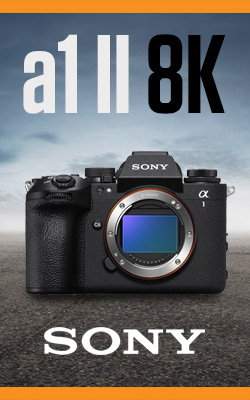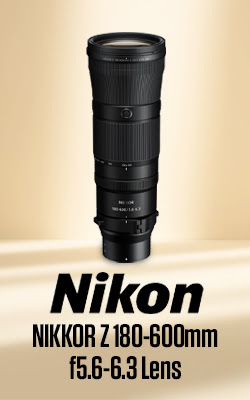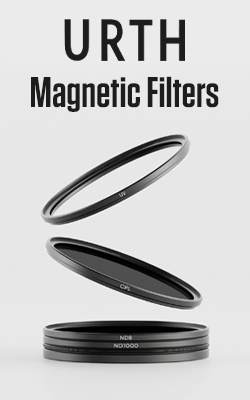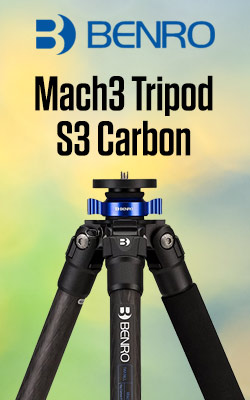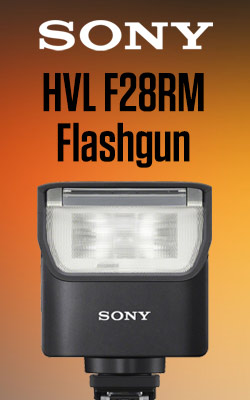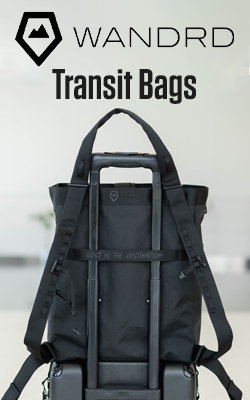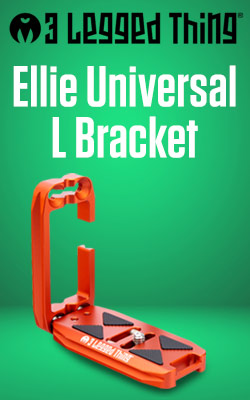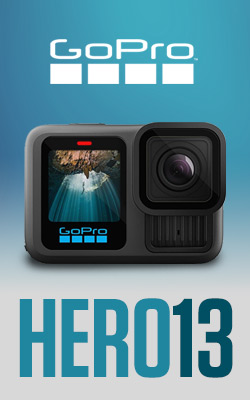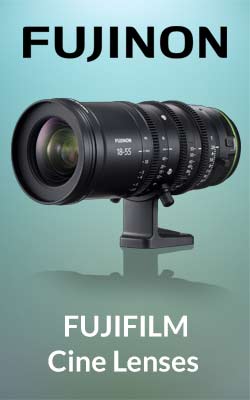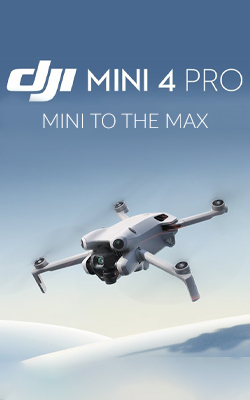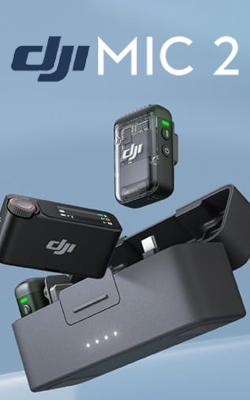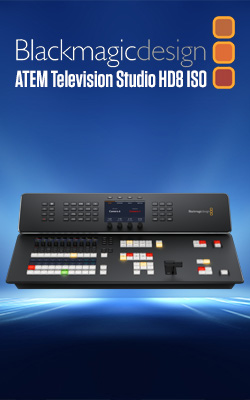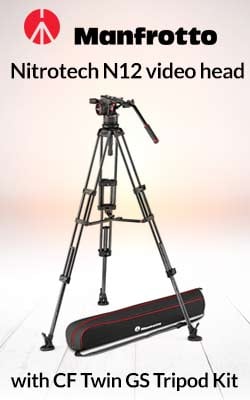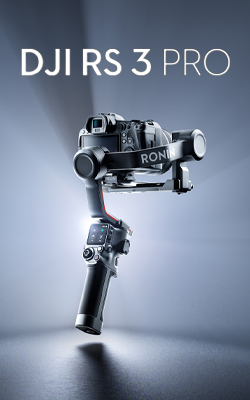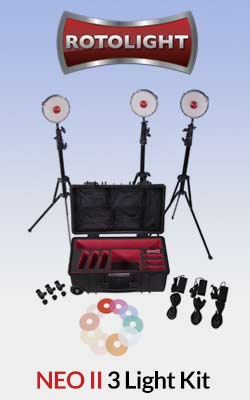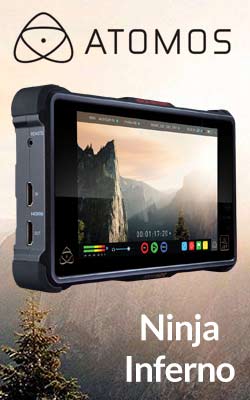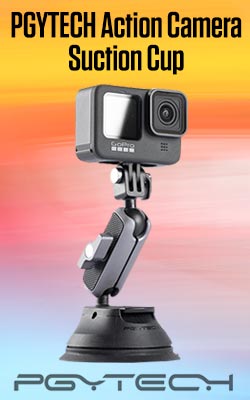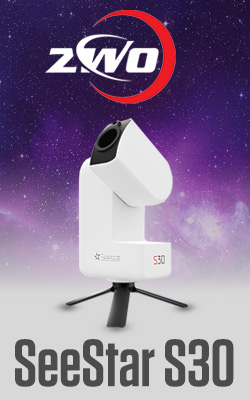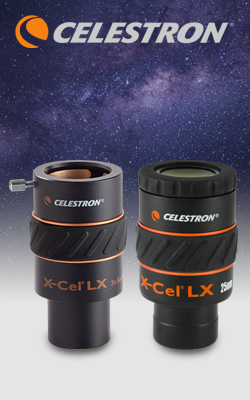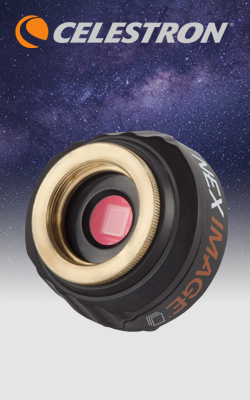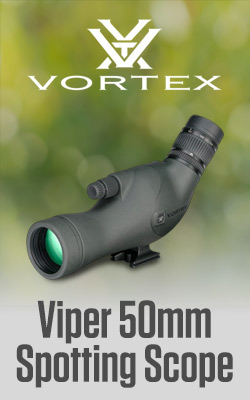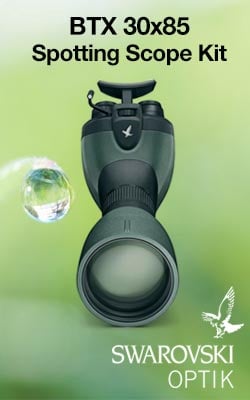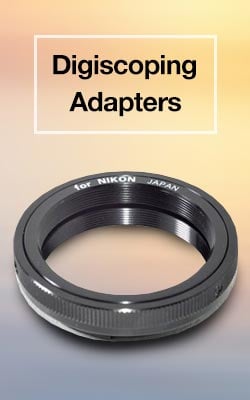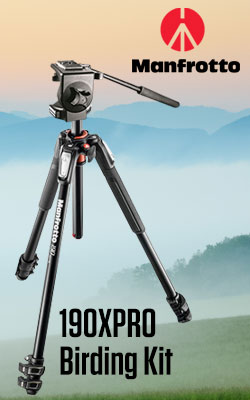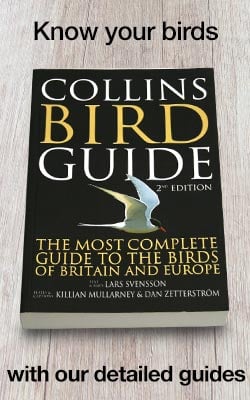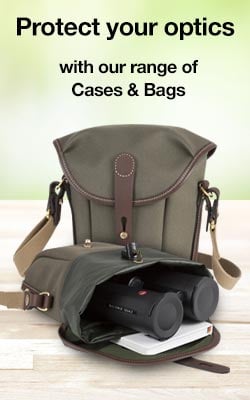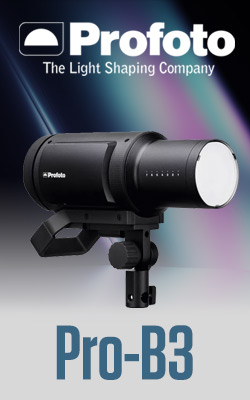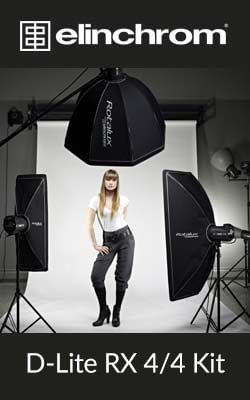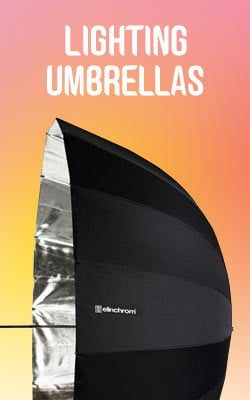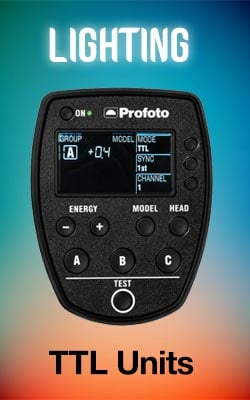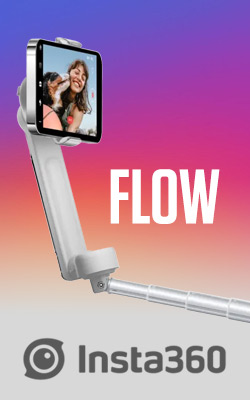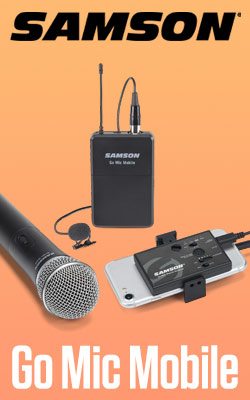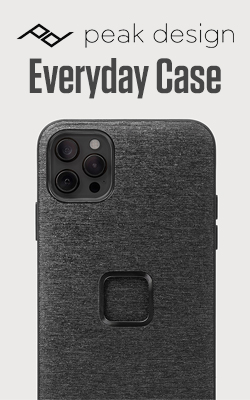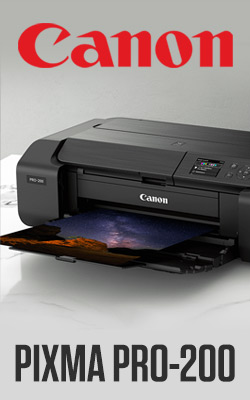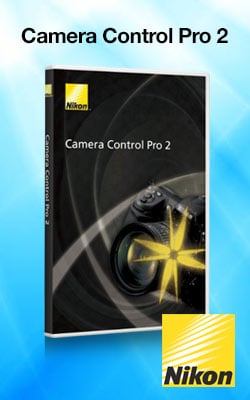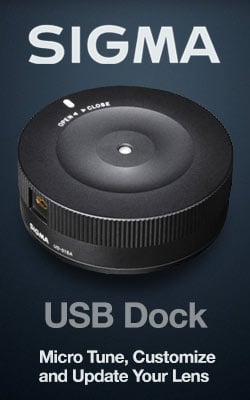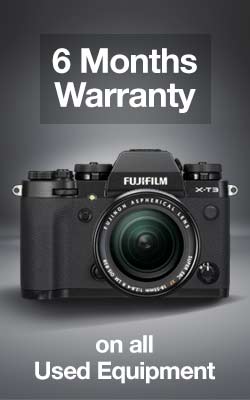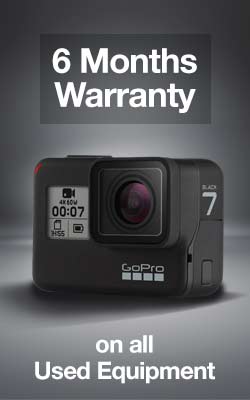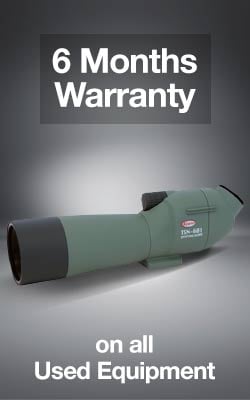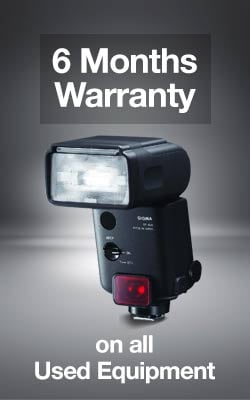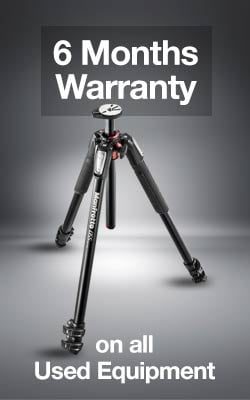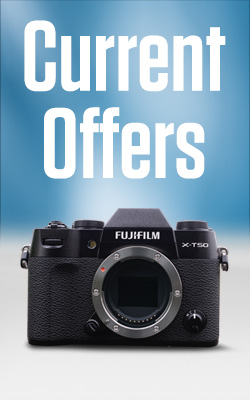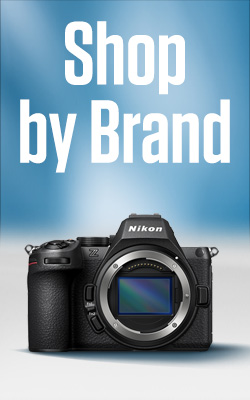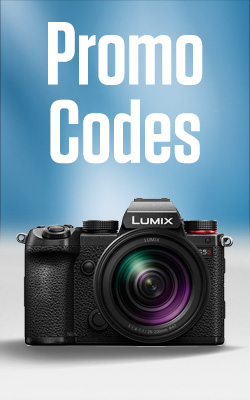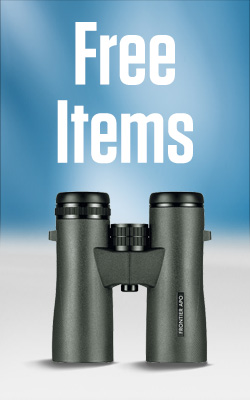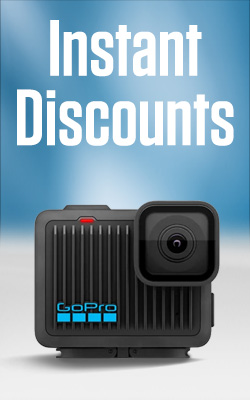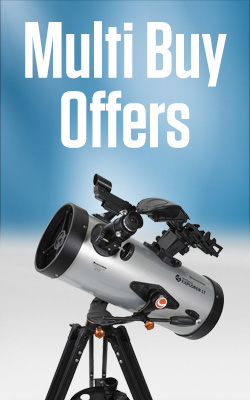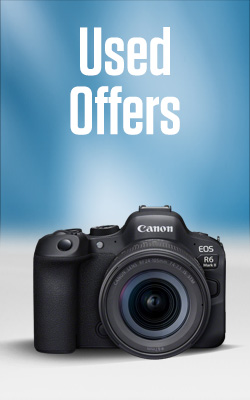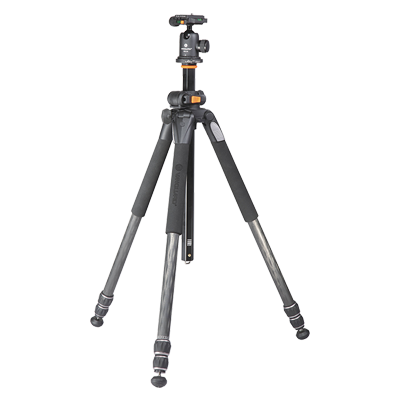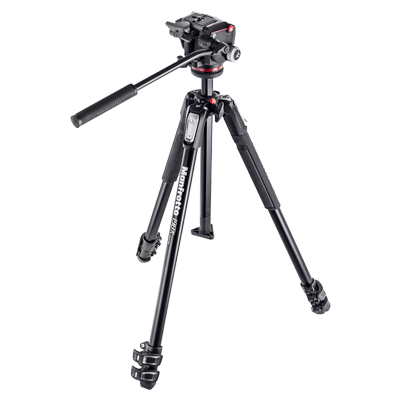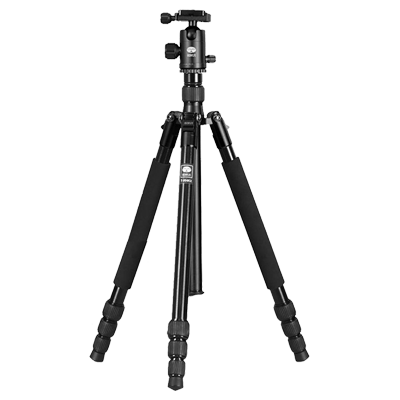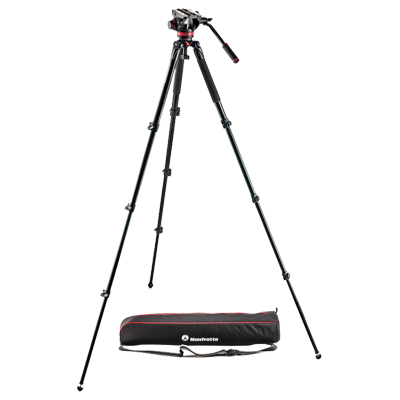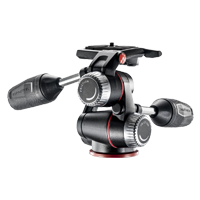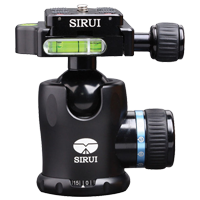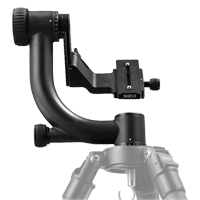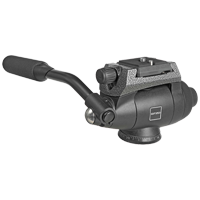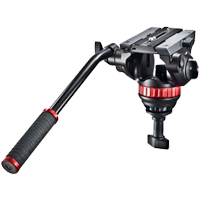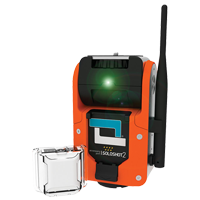
How Do I Choose A Tripod?
Choosing a tripod can be a bit daunting with the different amount of leg sections, what material its made of and can it hold your kit weight?
Well, we have designed our website to answer these questions and to make your shopping experience as smooth as possible.
Usage
We feel the best way to start finding the right tripod is to select what you going to use it for, whether it's travelling or in a studio. This will remove any tripods that won't suit your needs. The last thing you want is to carry a heavy aluminium tripod around the world when you could have a nice light carbon fibre model.
The 4 key usage categories we use are:
After you have selected the usage, you may notice that the tripod legs may have different types of locks. There are advantages and disadvantages to each kind of lock, which are called flip or twist lock. While flip locks are quicker to open and close, twist locks are like collars around each leg section, and offer more gripping power. They also tend to wear better than flip locks, so this is worth taking into consideration when selecting your tripod.
Tripod Legs and Weight
-
The next filter to select would be the "Leg Construction Material". Tripod legs are made out of either aluminium or carbon fibre and table tripods are normally made out of plastic. They each have their own benefits. Aluminium legs, lightweight and strong, have been the standard for years, but now carbon fibre legs represent a compelling alternative. They are lighter than aluminium legs and support a little more weight, however, they are generally more expensive. But otherwise, both types can do the job.
-
The number of sections in tripod legs shouldn't be overlooked. The number of leg sections in a tripod affects how small the tripod will fold up and also how quickly you can set it up. It can also affect the stability of a tripod. With 5 leg sections, it will have 5 joints where possible wobbliness could occur. It also means that the last couple of sections are likely to be quite thin. But with less sections, the wider the bottom section will be, the better stability you'll have.
It will then be worth thinking of how heavy your equipment is, as not all tripods will be able to hold your equipment. Generally the more weight a tripod can handle, the larger and heavier it will be. Though weight for weight, a carbon fibre tripod will be able to take a heavier load than an aluminium one. So you need to find a balance between the amount of weight the tripod can handle and the portability of the tripod. If you know how much your equipment weighs simply select that weight on our website filters and it will show all the tripods that can hold that kit.
Tripod Height
-
The height of a tripod is another point to consider. The height that a tripod will extend to is a trade-off with the height of the tripod when collapsed, and the weight of the tripod. Travel tripods can be collapsed quite small and weigh quite a bit less than standard tripods. But as a consequence, they don't extend as high. The majority do not extend to eye level height, meaning you'll have to bend down to look through the camera's viewfinder when mounted on the tripod. (Eye level is not always the best height to take a photo from anyway).
The other aspect of height is how low the tripod will go. This is a combination of the minimum length of the centre column and the maximum angle of the legs. Most tripods will have the minimum height listed in their specifications. Some tripods have a special short centre column that allows you to get lower than you can with the standard size centre column.
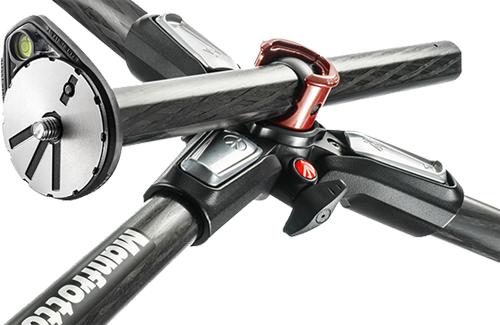
Tripod Heads
Tripod heads are just as important as the legs they are on, you could have a strong heavy duty tripod but with a weak head, you'll never be confident in putting your kit on top. That is why we have split each type of head into their own sections, allowing you to look and select the type of head you require. Below are 6 types of tripod heads and what their main uses are:
3 Way Heads - 3-way pan/tilt heads allow you to pan side to side and tilt forwards and backwards. Movement on each axis is separately controlled so it's ideal for architecture and other work where the placement of horizontal and vertical elements is critical. To move and lock it in each of these three axis, you use a separate twist handle. (Recommendation: Photography, Landscape, Macro, Architecture)
Ball Heads - Ball heads can be manoeuvred into various positions, and generally can solve the problem of aiming the camera lens in exactly the right direction without trouble. Theoretically, a ball joint can move in a 360-degree circle, which can deliver the upper limit of adjustability. However, most ball heads are relatively simple assemblies that do not include true pan or tilt adjustment capabilities. (Recommendation: Photography, Macro)
Gimbal Heads - If you place a heavy camera and lens on a typical ballhead or another kind of tripod head, the laws of gravity take over and your camera will want to tip over. A gimbal head balances your camera and lens at its natural centre of gravity. Designed to work with lenses that have a built-in tripod mount collar, Gimbal heads let you easily pan by rotating the base, and tilts, without fear of the camera tipping over in its mount. Because of the engineering behind a Gimbal, there's very little friction, so your tilts and pans can be smooth. (Recommendation: Tele-Photo Lenses)
Pan and Tilt Heads - For most photographers, this type is the best choice. The movements that are typically available from a pan/tilt head provide a very high level of control. They are also the most affordable solution in most cases. Grip-action type heads utilize a one-handed control to provide a new and easier way to make adjustments. This is useful when you're working quickly or when you must make a large number of small adjustments. (Recommendation: Photography, All round, Entry Level must have)
Video Heads - Video Heads are generally specialized combination pan/tilt fluid heads that incorporate additional features, such as geared rotation adjustments, heavy-duty load capacity, bubble levels, and greater adjustment lock options. Some models have adjustable counterbalance springs so they can be fine-tuned to the exact balance point with a wide range of cameras of various weights. There are video heads that allow full adjustment of the fluid drag so that motion can be more precisely controlled, regardless what kind of video equipment is being used. (Recommendation: Video)
Automated Heads - Now that DSLRs offer panorama stitching and more time-lapse features, there's a building demand for a more automated approach to moving a camera to match the precise needs of each kind of photography. Theses pan heads attach to the tripod and, using a battery-powered motor will move the camera as needed. Some companies have made automated heads for specific camcorders, while others are highly specialized pro tools. Recommendation: Time-Lapse, Video, Panoramic)
If you need help deciding, our sales team are always on hand to help you find the right item for you. You can get in contact via e-mail or give us a call on 01242 339285


